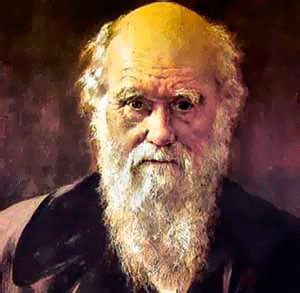News about maps
Digital cartography and GPS navigation
Mapstor news
This Day in History
Travelling with mapstor.com
This Day in History
4th December, 1674 Marquette founded the first European settlement
19th November, 1875 was born Hiram Bingham
18th November, 1832 was born Nils Adolf Erik Nordenskiöld
14th November, 1963 the island Surtsey was founded
11th November, 1729 was born Louis Antoine comte de Bougainville
15th September, 1835 Charles Darwin on board the brig "Beagle" arrived on the Galapagos Islands
 Charles Robert Darwin - English naturalist and explorer, one of the first to realize and demonstrated that all species of living organisms evolve over time from common ancestors.
Charles Robert Darwin - English naturalist and explorer, one of the first to realize and demonstrated that all species of living organisms evolve over time from common ancestors.
In 1831, after graduating from university Darwin as a naturalist went on a journey around the world on the expedition ship of the Royal Navy "Beagle", from where he returned to England only on 2d October, 1836. The journey lasted for almost five years. Most of the time Darwin spent on shores, studying geology and collecting natural history collections, while the "Beagle" under the leadership of the Fitzroy made hydrographic and cartographic maps of the coast. During the trip, he carefully recorded his observations and theoretical calculations.
In place of Punta Alta, in Patagonia, he makes an important discovery. Darwin discovers giant fossilized mammal that ad disappeared. The importance of the findings emphasizes the fact that the remains of this animal were in the rocks next to the modern species of mollusc shells, which indirectly points to the recent disappearance, with no signs of climate change and disasters.
In Chile, Darwin witnessed a strong earthquake and saw the signs pointing to the fact that the land had just risen. This included a rising reservoir shell clams, which were above the level of high tide. High in the Andes, he also found the shells of mollusks, and several species of fossil trees that normally grow on the sandy beaches.
On the Galapagos Islands, Darwin noted that some members of the family of catbird differ from those in Chile and differ from each other on different islands. He also heard that the shells of tortoises vary slightly in shape, pointing to the island of origin.
Seen them in Australia marsupial rat kangaroo and platypus presented so strange that this led Darwin to the idea, as if at least two of the creator at the same time worked in creating the world. "Beagle" examines the atolls of Cocos Islands, with a view to elucidating the mechanisms of their formation. The success of this study was largely defined the theoretical reflections of Darwin.
Travel map shows that Darwin visited the island of Tenerife, the Cape Verde Islands, the coast of Brazil, Argentina, Uruguay, Tierra del Fuego, Tasmania and the Cocos Islands.
This Day in History 15-09-2014


